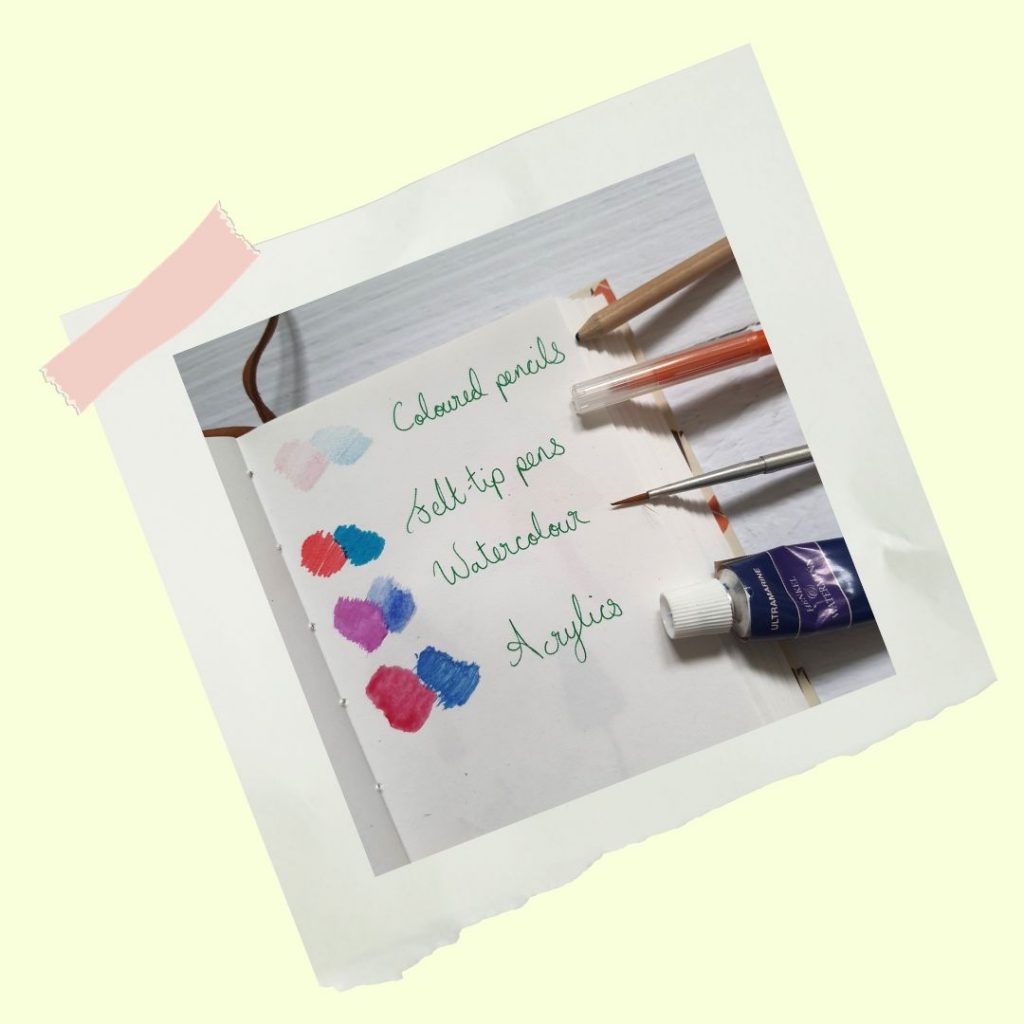
Do you want to use your journal for painting or colouring? Will the paper take it ok? Well, it does depend on the paper type; but generally, if you’re buying a quality handmade notebook, it should take some form of paints. I’ve chosen a few things here for adding colour, including coloured pencils and felt tip pens – just to cover different options!
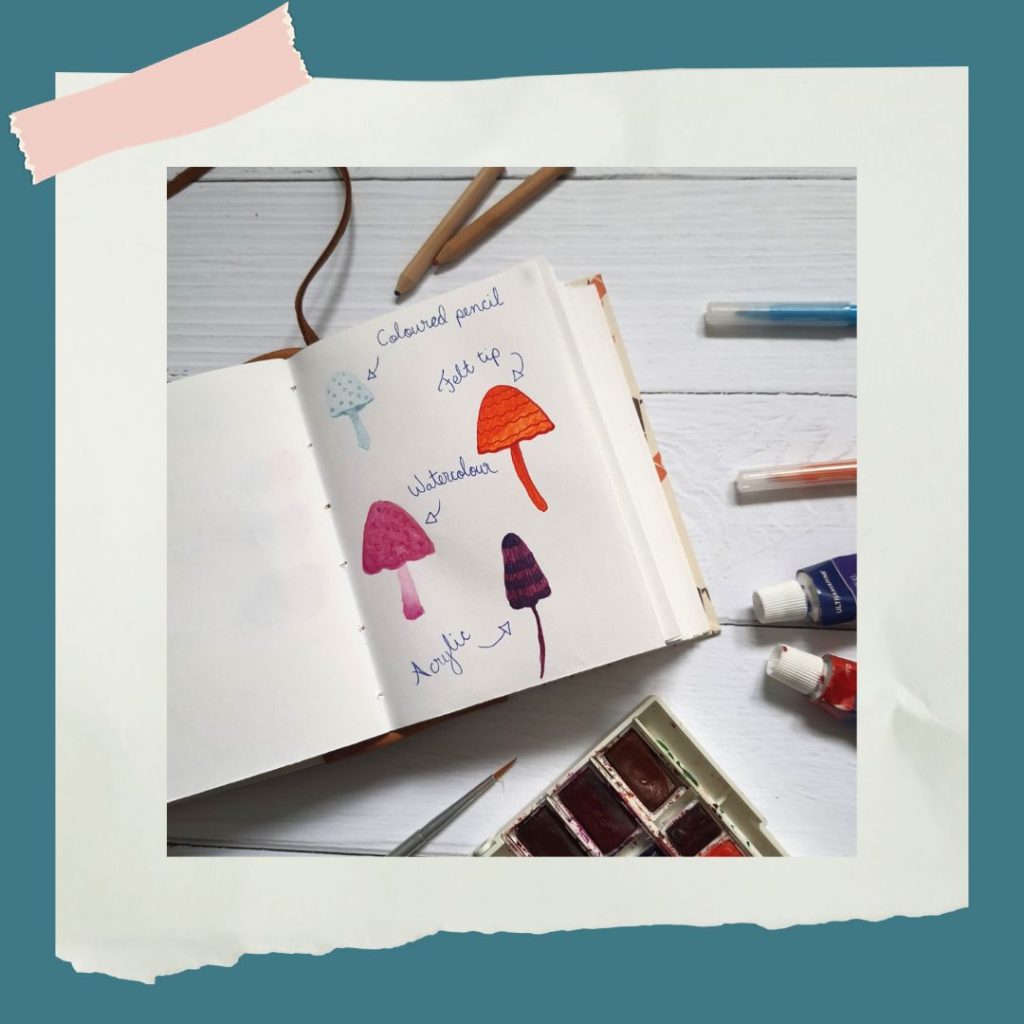
As mentioned in the pencils/pens write up (which you can find here) the paper in my journals is 140gsm cartridge paper; it will take paints and inks, but some better than others. Ideally for watercolour, you need proper watercolour paper; however, if you’re just starting out or experimenting, the sturdy paper in my journals is fine for testing things out.
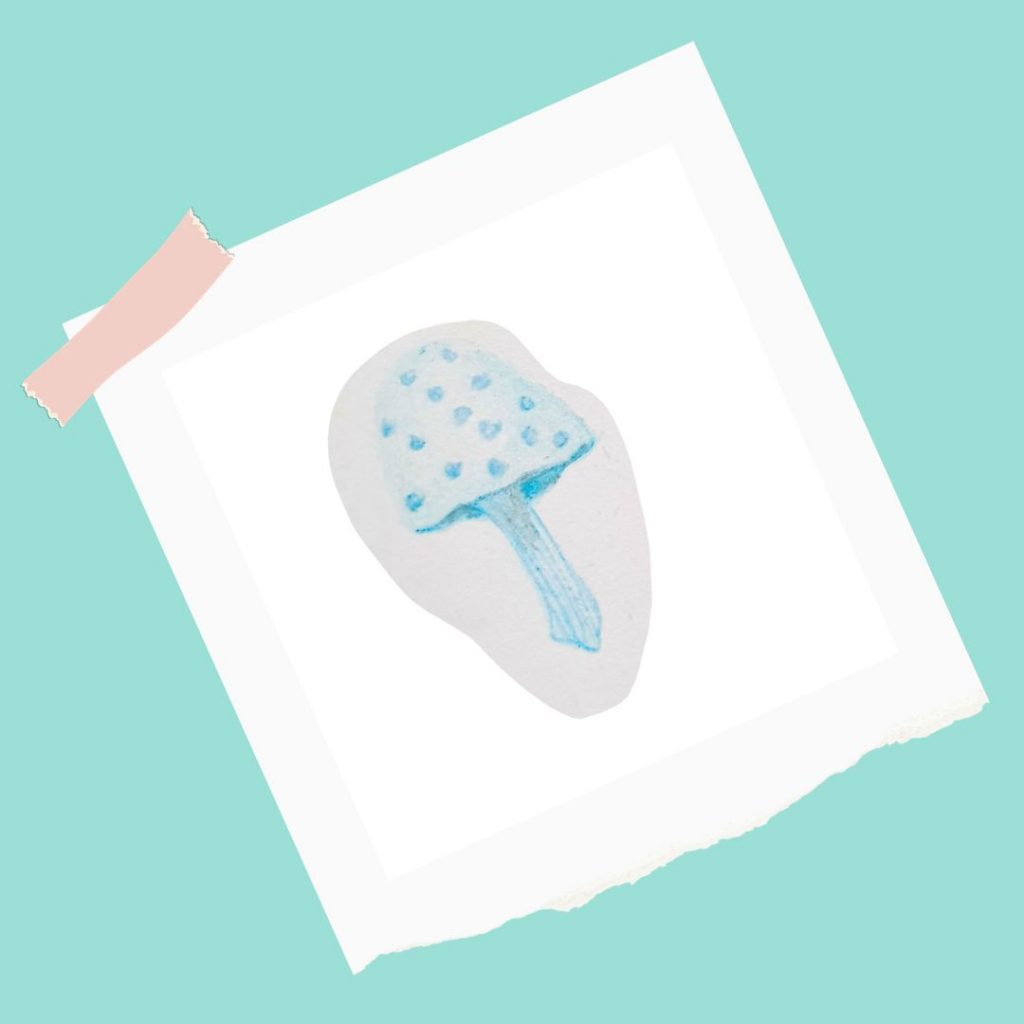
Coloured pencils are readily available and easy to use. You can create more in the way of shading and texture with coloured pencils, simply by pressing harder for a darker tone. You should be able to work quickly and easily with pencils, starting light and building up colour where needed.
Felt/fibre-tip pens are nice and bold and bright, creating clean defined lines. While you can’t shade with them as you can with pencils, you can create a graduated effect by overlapping colours slightly with swift, light strokes. Issues? Leave the pen on the paper too long and it’ll bleed through. You can easily write or draw with pens too, making them more versatile.
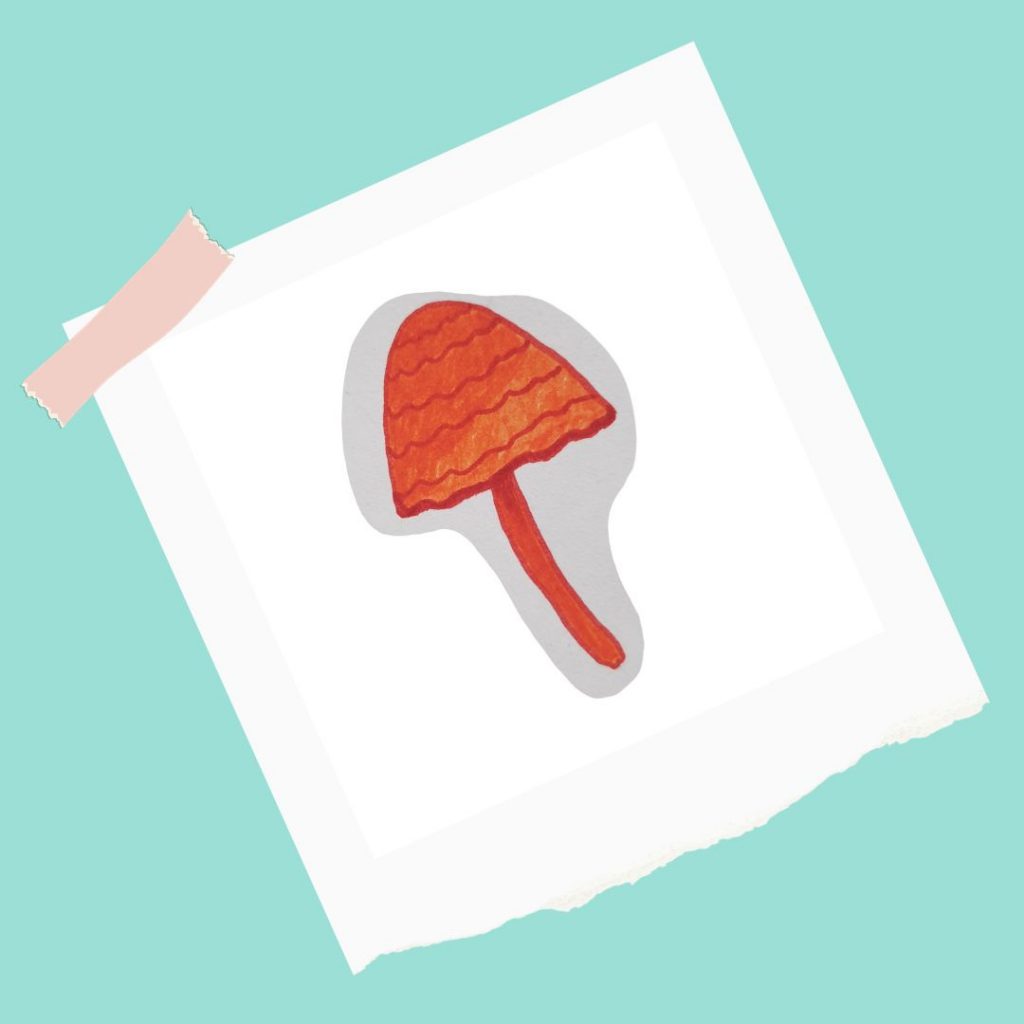
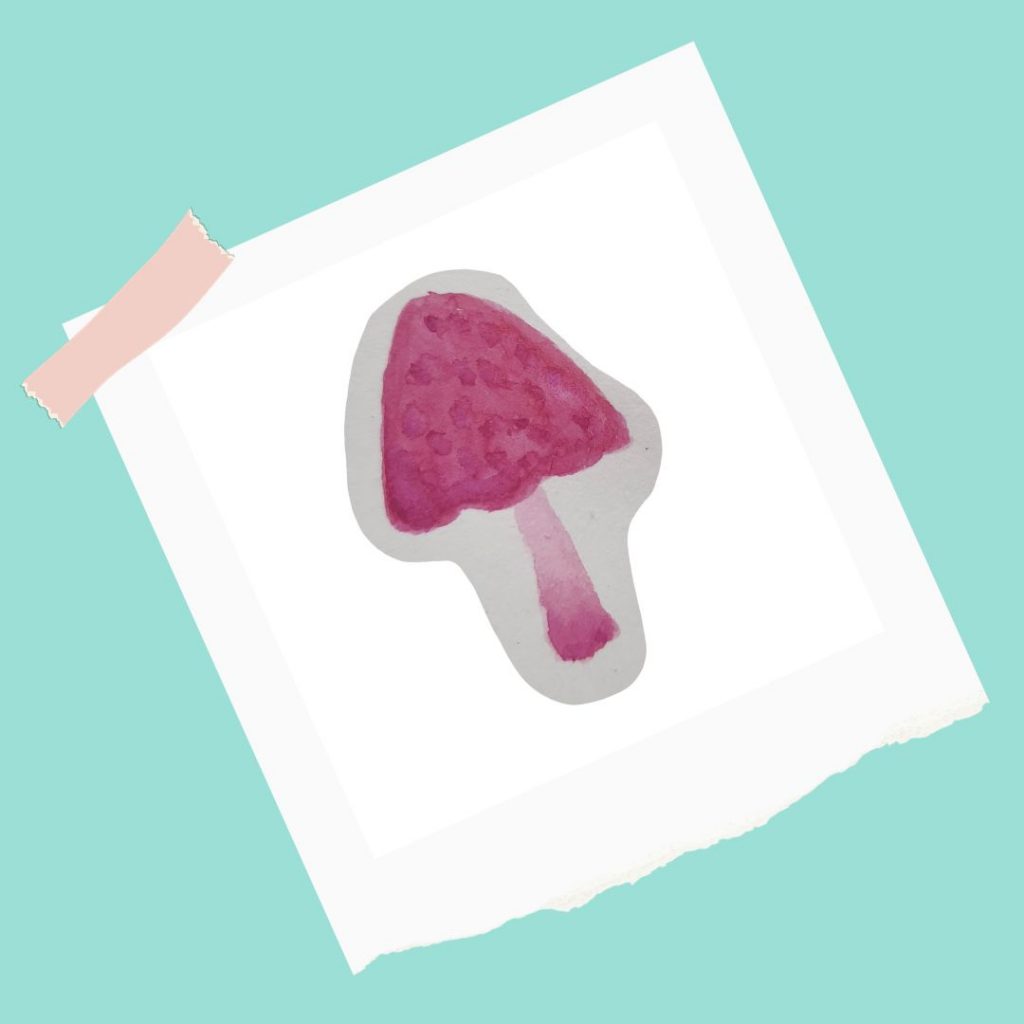
You can create simple watercolours quite easily. Start with the lighter colours and build up to the darker washes. Blend/merge colours using wet on wet paint; for more defined areas, you’ll need to wait for the previous layer to dry. The paper may buckle slightly, but will warp if you get it too wet. You can place a scrap piece of paper or card under the page you’re working on.
As with watercolours, you can get heavier paper to use with acrylics, but the paper I use is great for a mixed media art journal. Acrylic paints are easy to just pick up and use. They’re quick drying and, once dry, you can easily paint over the previous layer. You can thin them with water.
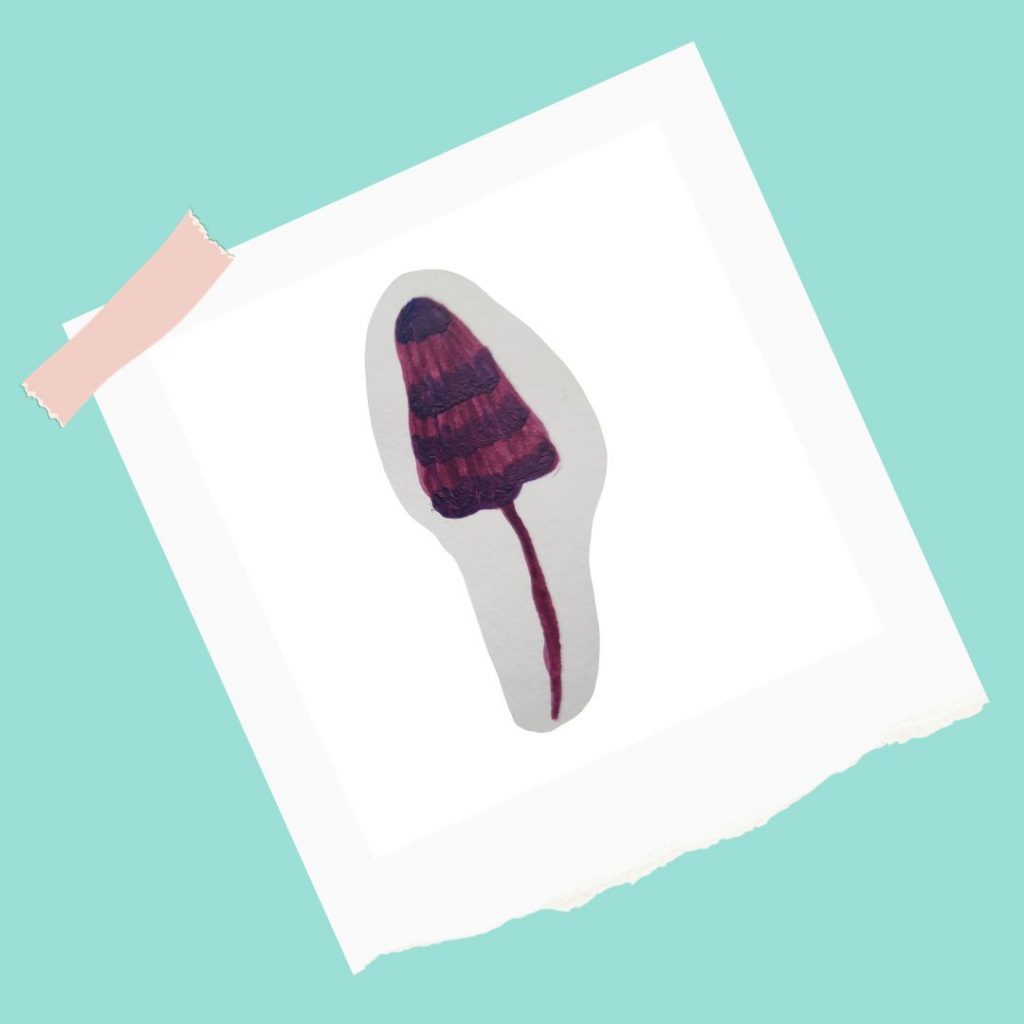
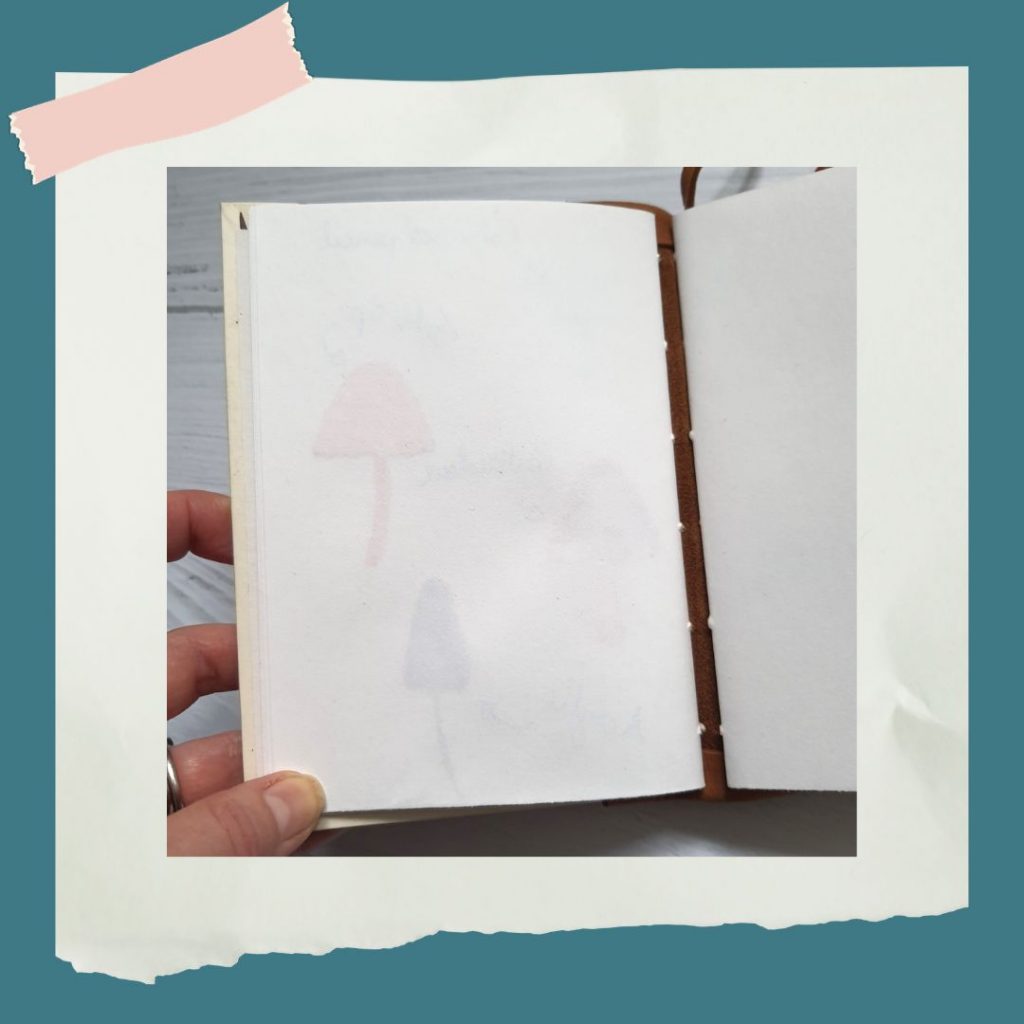
Here you can see the other side of the paper from the mushroom drawings – it shows how much you can see the colours on the other side, and how much the paper warps. If you’re using watercolour or acrylics, I’d suggest not using paints on the other side of the page, but pencils should be ok to use.
Head to my Etsy shop for handmade blank
journals and notebooks.
